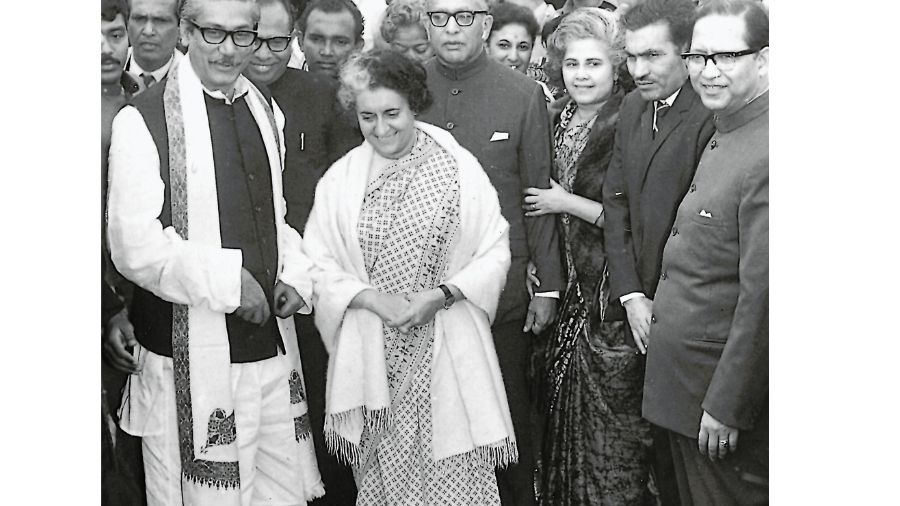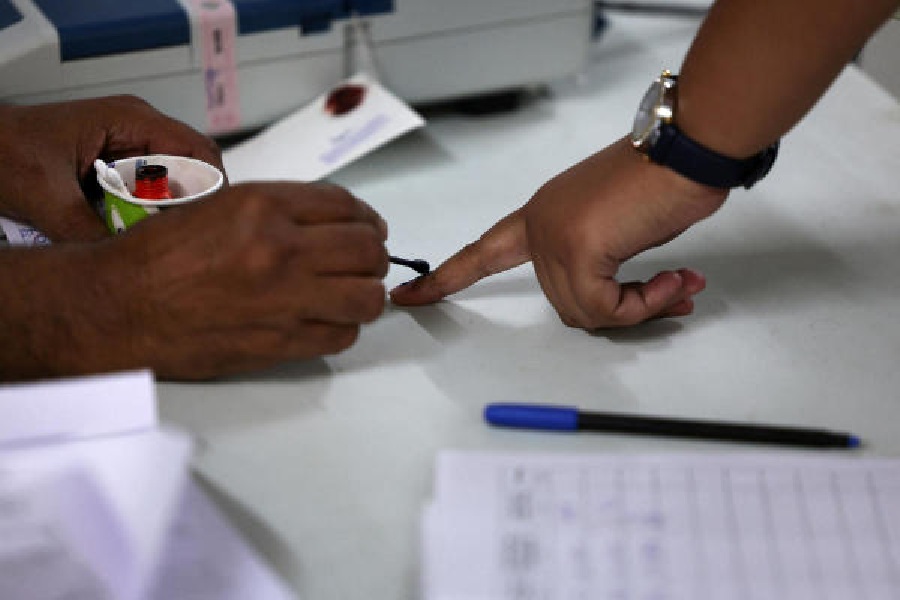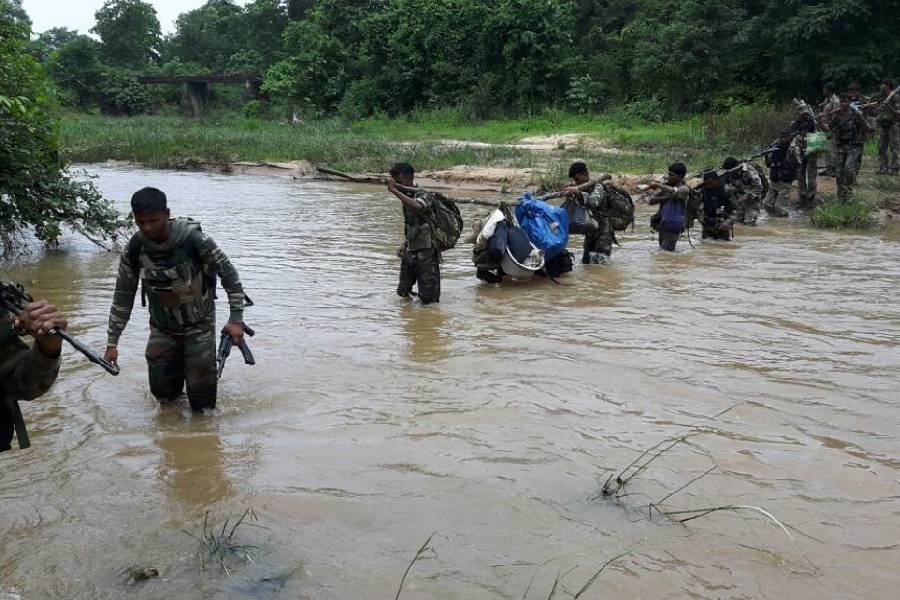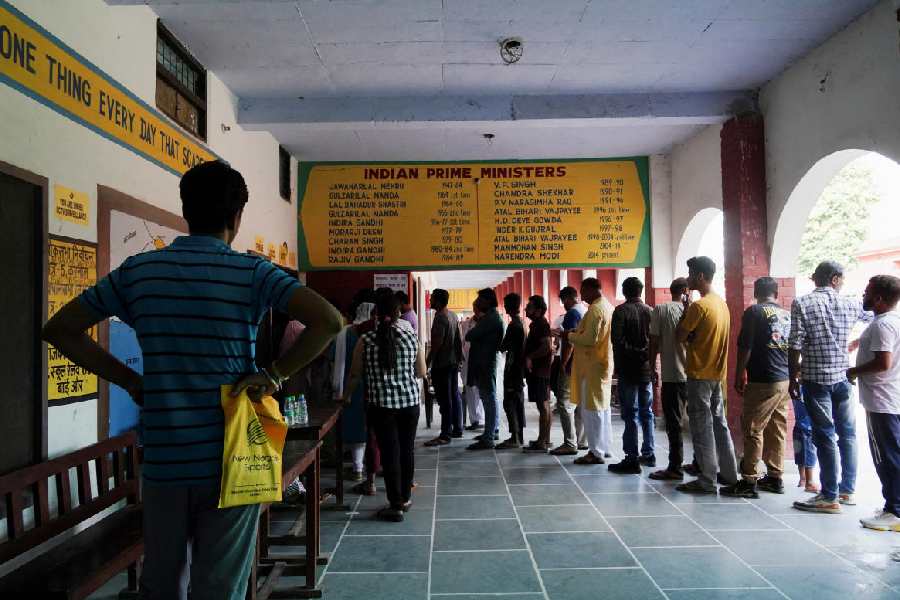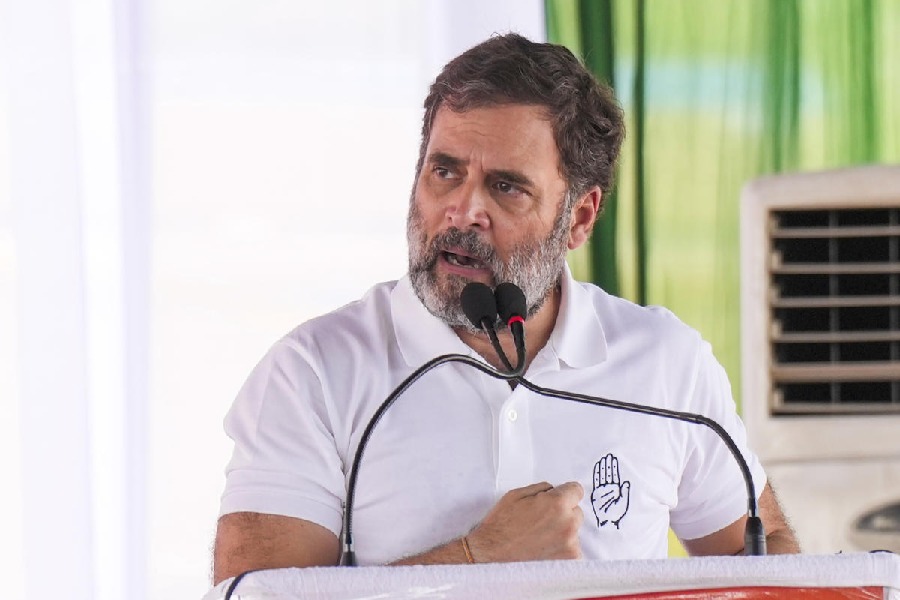There is justifiable pride all around at Bangladesh’s remarkable performance in both the economic and social development dimensions. “Pakistan and India don’t matter. We have done better than both!” The figures speak for themselves.
The renowned Bangladesh economist, Rehman Sobhan, Amartya Sen’s great friend since their undergraduate days together at Cambridge, hands to me a lecture he has delivered at the Centre for Policy Dialogue on 6 December 2021 titled
“Promises Kept and Promises to Keep”.
It dramatically summarizes where East Pakistan stood vis-à-vis the West wing on the eve of Liberation and how Bangladesh @ 50 compares to Pakistan today. Its per capita income has zoomed from around $90 at Liberation to $2554 now. Thus, where per capita income in nominal US dollars then lagged 61 per cent behind Pakistan, it is now 64 per cent higher! Today, its savings ratio is nearly three times that of Pakistan and its investment ratio double. This is reflected in the “more robust rate of expansion of infrastructure”, well-illustrated by power capacity and electricity generation, which were behind West Pakistan at Liberation, being “around 40 per cent higher than Pakistan” half a century on. Bangladesh has, I am told, the highest concentration of rural roads in the world. The average annual growth rate of GDP, I am informed by the Foreign Minister, has steadily risen from a low of 3.2% in the period of military dictatorship from 1975 to 1990 to 4% in the following period of elected coalition governments, 1990-2008, to a crackling 6.6% in Sheikh Hasina’s premiership since 2009.
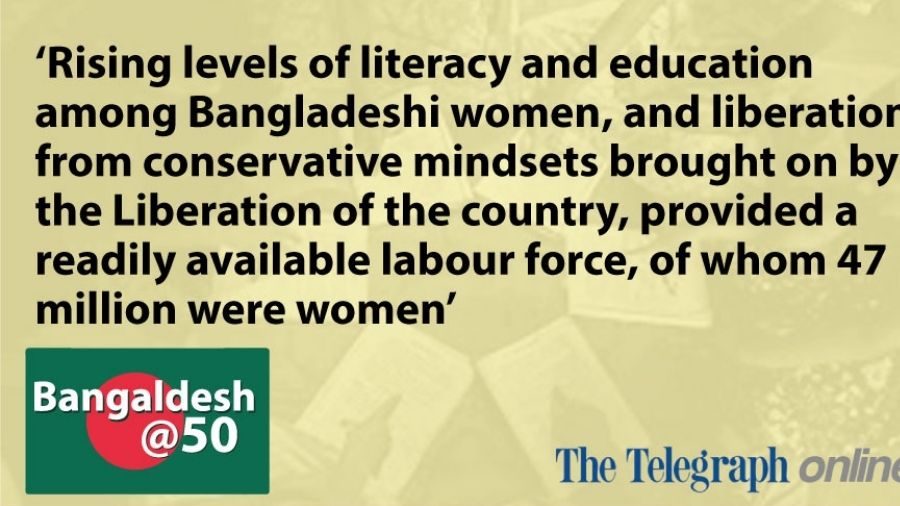
Exports have risen from around 8 billion US dollars at Liberation to a whopping 411 billion dollars now. Foreign exchange reserves have shot up from $15 (that’s right, fifteen dollars only as Pakistan sequestered the rest) to around $45 billion now. Driving this export boom are principally Readymade Garments (RMG) which account for around 80% of the country’s export earnings. This is ironic because in the ‘50s and ‘60s, as rising costs resulted in Western and Japanese RMG pricing themselves out of the global RMG market, it was India and Brazil who most fought for the transition from GATT’s highly restrictive Long-Term Arrangement in Cotton Textiles to the far more liberal Multi-Fibre Agreement (an exercise in which I was involved as a junior diplomat), but it was eventually not the relatively developed ‘developing’ countries but ‘Least Developed Countries’ (LDC) like Bangladesh who cornered the vacated market.
The story begins with the South Koreans taking 134 Bangladeshis for training in supervision and management of RMG units. (All 134 trainees went on to become highly successful entrepreneurs in their own right). This was followed by South Korean investment and technology, genius in design and product development, initiating the Bangladesh RMG industry to take advantage of tariff benefits that were denied to relatively more developed countries like South Korea. (This also explains the somewhat startling proliferation of Korean restaurants in Dhaka).
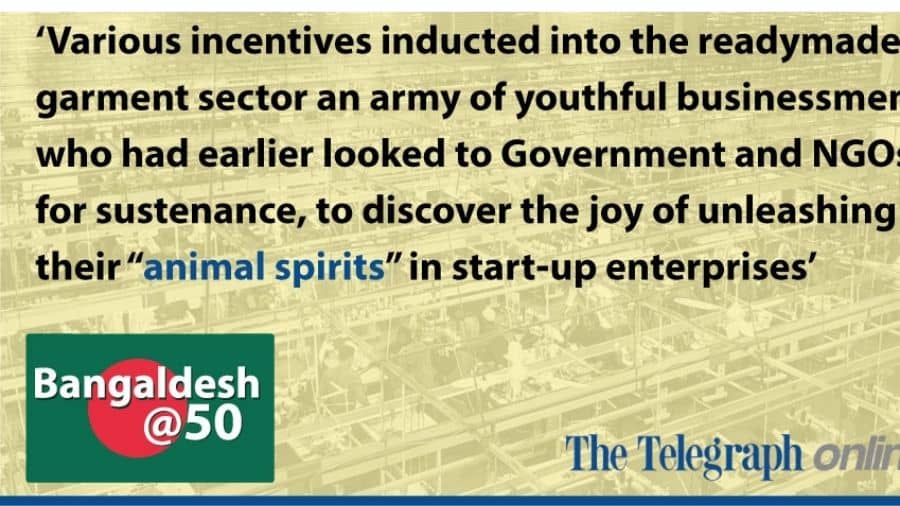
Rising levels of literacy and education among Bangladeshi women, and liberation from conservative mindsets brought on by the Liberation of the country, provided a readily available labour force, of whom 47 million were women, that extended from cottage industry in rural Bangladesh to shiny new modern factories in urban areas.
There was much carping criticism in the western world about safety standards, wages and social security conditions for Bangladeshi RMG workers, but these issues have been stilled by appropriate action. Government policy also greatly helped. Bonded warehouses, where intermediate goods could be held for up to six months, and back-to-back Master Letters of Credit, greatly lowered the need for working capital. Cash incentives, that have risen from 25% to 30%, did the rest.
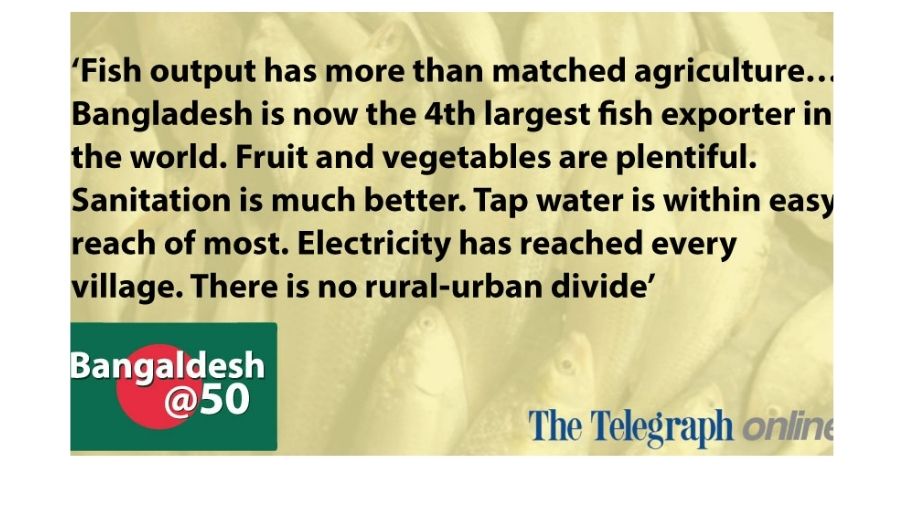
This inducted into RMG an army of youthful businessmen, who had earlier looked to Government and then to NGOs for sustenance, to discover the joy of unleashing their “animal spirits” in start-up enterprises. It also led to some industrial diversification into household consumption items like soap and toiletries as also into heavy industry like steel where output has risen in five decades from 100,000 tonnes to an impressive 8 million tonnes.
The construction boom has also encouraged cement production. And rising incomes have spurred a growing demand for factory-refined sugar. There is indeed even an export-oriented ship-building industry. In consequence, the GDP profile has changed significantly from being agri-dominated to “Manufacturing, including Construction” contributing a full one-third of GDP. The “middle class” has filled out to an estimated 20 million, old Dhaka residential areas like Dhanmondi virtually erased by high rise offices and upscale apartments and the roads unbelievably jammed with fancy SUVs competing for space with cyclists and rickshaws – and hapless pedestrians.
All this new development is backed by strong agricultural performance. The output of rice, the staple food, has soared by four times to 40 million tonne, feeding the growth in population over the last fifty years from around 75 million to 170 million. Cropping intensity has doubled and then risen to three times the pre-Liberation levels. Fish output has more than matched agriculture, with Bangladesh emerging as the fourth largest fish exporter in the world. Fruit and vegetables are plentiful. Sanitation is much better. Tap water is within easy reach of most. Electricity has reached every village. “There is no rural-urban divide”, all sectors of the economy are growing.
One unanticipated fall-out of this is that where at Liberation the Bangladesh economy was principally accented on jute, now jute is hardly mentioned. An attempt to resuscitate and expand the earlier small jute industry that attempted to compete against the far larger and more efficiently run jute mills of Barrackpore is now being revived by the public sector Bangladesh Jute Mills Corporation, in the expectation that the new global emphasis on “green” goods will restore jute as the preferred packing material and product development could lead to an exponential rise in global demand for consumer items like shoulder bags and even designer dresses made of jute.
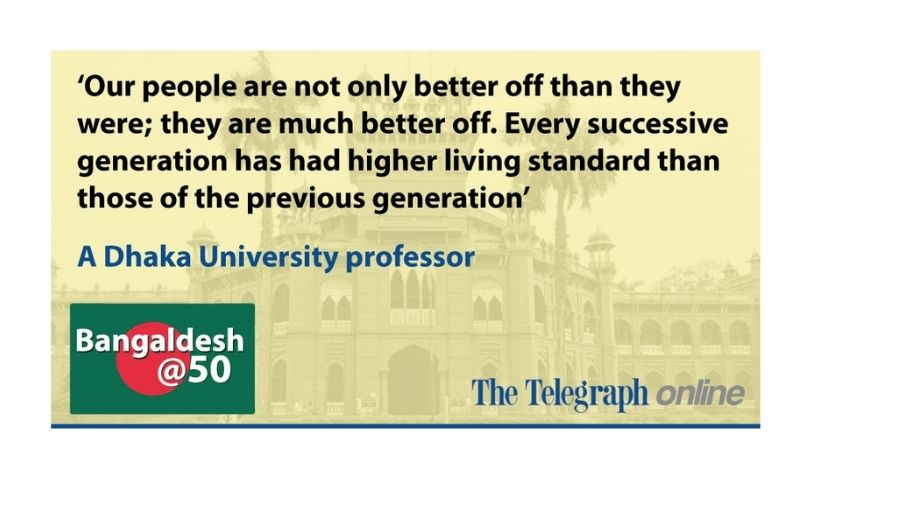
Remittances by Bangladeshi labourers – “partners in development” is the favoured phrase – are another major contributor to Bangladesh’s prosperity. The inflow hit a record high of $24.77 billion in fiscal 2020-21. The Bangladeshi is clearly up and ready to go anywhere and undertake any employment to improve living conditions and prospects for his family back home. So much so, that on a visit to Venice some years ago I found I could not get an Italian pizza as all the restaurant cooks are Bangladeshi!
"Poverty is down from 70% to under 25%. “Everyone in villages is sitting in a chair. No one is half-naked”, proudly says the Foreign Minister. Birth rates have been slashed from 2.98 to 1.3 by, among other measures, co-opting the village mullah into the endeavour.
The miracle started in the mid-70s with Muhammad Yunus and his Grameen Bank. As he explains his philosophy, epigrams and aphorisms drop like gems and diamonds from his lips: “Poverty is not created by poor people. It is the system that produces poverty”. How?
“The banking system gives money to those who have lots of money. The rich come to them. We went to the poor. They went to men. We went to women. They went to urban areas. We set up 3000 branches in rural areas. They insisted on collateral and are now drowning in unpaid loans. We trusted the poor and have got back 97% of our loans.” Because the banks would not come to the aid of the poor, the poor became the victim of “loan sharks”.
“We looked back,” he says, “and understood that humankind started as hunters and gatherers fending for themselves. Why not then revive that spirit? All the poor need to get started as entrepreneurs is small loans of $5 and $10. Even $20 is, for them, a huge sum. We saw that the key is finance, small amounts of ready money that galvanize creativity and ideas for micro-businesses.
Charity doesn’t ask back for what it gives. On the other hand, ‘social business’ recycles loans because it gets repaid.” Yunus’ betes noire are ‘conventional economists’ who think ‘jobs’ and ‘employment’ are the road out of poverty when, in fact, “it is micro-entrepreneurship that truly liberates the poor from poverty.”
So, as “finance is the oxygen of entrepreneurship,” Grameen Bank made that, and not the maximizing of profits, its goal. Also, “mobilization of the people” is no part of the agenda of banks and “traditional economists” but is central to the concept of “social business” pioneered by Grameen Bank. And that is how 80,000 business ventures have been initiated. Grameen Bank today lends over $3 billion a year with a 98 per cent recovery rate to over 9 million borrowers, 97 per cent of whom are women, living in every single village of Bangladesh.
Yunus has also set up a Grameen Venture Capital Fund where equity and training are made available to foster job-creators not job seekers. “Power is people. People is women!” is his slogan. Someone else tells me that women are required to salute Yunus when they walk into his presence. When asked why he insists on this, Yunus disarmingly explains that saluting forces women to look up; otherwise, they spend their lives looking down, feeling ashamed of their womanhood, humiliated, and lacking in self-confidence.
Yunus concludes: “The Liberation War opened all the doors. It was the big push. Nothing remained untouchable anymore. It unleashed young people’s energies.”
In terms of human development, Bangladesh at 0.32 on the Human Development Index is markedly ahead of Pakistan struggling at 0.563. Indeed, Bangladesh is so far ahead of both Pakistan and India in progress on the Human Development Index (that includes health, fertility rates, maternal and child mortality, nutrition, education, women’s liberation, etc.) as to now be included among the 10th fastest growing performers in the world.
On the Gender Development Index, Bangladesh at 0.904 is way ahead of Pakistan’s score of 0.745 and (shame on us!) well above the Indian score of 0.820. In consequence of such sustained economic and social development, the UNDP’s multidimensional poverty index shows Pakistan’s poverty rate at 38.3 per cent; India’s at 27.9 per cent; and Bangladesh at 24.6 percent (in 2018 – the inter-country disparities are probably greater after the Covid pandemic, handled marvellously well by Bangladesh despite our not providing the vaccines we had promised and for which they had paid). “Our people are not only better off than they were; they are much better off,” says a professor at Dhaka University. “Every successive generation has had higher living standard than those of the previous generation”. The glow of satisfaction is not to be missed.
There is, however, a downside to this economic and social miracle: the growing and apparently irreversible nexus between politics and business. A freedom fighter remarks that this has brought about a “sea-change” in the character of the Awami League, “it is now a business-oriented party”. He goes on, “Crony capitalism of a fairly extreme form has resulted in a bank default crisis that is driving out the good guys who are losing out”.
He rues that “the system is going to perpetuate itself as there is an absence of competition. Low tax rates, and implicit and explicit government transfers to the higher echelons, far exceed subsidies for the poor. Every regulator,” he says in dismay, “is now a rent-seeker. Entrepreneurship has entered government service! If cronyism has not been encouraged, capitalism would have been much more successful”.
While, as one Group CEO remarked, “we simply incorporate the bribes we have to pay into our costs of production and marketing,” Rehman Sobhan is concerned in his 6 December lecture (referred to in a previous Part of this series) that such blatant, pervasive corruption has meant that “Bangladesh’s intake of Foreign Direct Investment (FDI) remains well below South East Asia levels and poor even by South Asian standards”.
There is also concern over growing inequalities. “In the 1970s,” remarks one economist, “everyone was equitably poor”. Now the Gini coefficient that measures inequality has zoomed from 0.30 then to around 0.45 now. So much so that Bangladesh appears to be a “test case” for Branko Marcovic’s proposition that:
In every political system, even a democracy, the rich tend to hold more political power. The danger is that this political power will be used to promote policies that further cement the economic power of the rich. The higher the inequality, the more likely we are to move away from democracy to plutocracy.
(The Guardian, London, 2 May 2017. Marcovic is a leading world authority on inequality and, at the time of writing, was the visiting presidential professor at the City University of New York)
The apprehension is that Bangladesh is already trending away from democracy in the direction of becoming a plutocracy. (Just as in India, alas).
Tomorrow: India-Bangladesh ties


